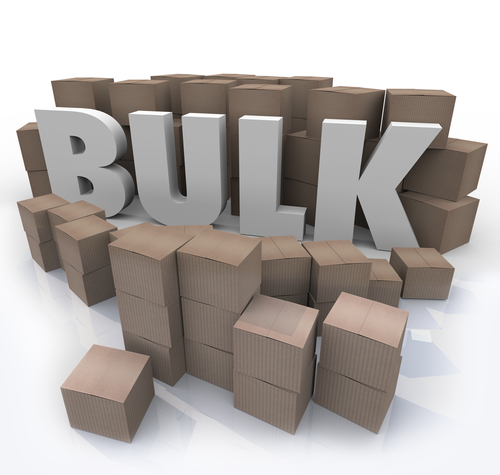
Purdue University civil engineers have developed a fully automated, portable system to estimate the volume of stockpiles of bulk supplies, according to a paper recently published in the journal Remote Sensing.
The Indiana Department of Transportation (INDOT) funded the research through its Joint Transportation Research Program.
Traditional methods of measuring stockpiles use field survey procedures. This is time-consuming and can expose surveying crews to dangerous conditions.
Researchers developed salt monitoring and reporting technology (SMART) that uses light detection and ranging technology and sensing modalities of imaging to acquire stockpile data in fewer than 10 minutes.
SMART costs less than $10,000 and has a less than 1 percent error rate.
“With the system we developed with Purdue, the empty dimensions of the building are solved for first, and then the salt pile’s volume can be easily calculated,” Jeremy McGuffey, INDOT statewide winter operations manager, said. “The LiDAR system bounces light off the pile millions of times to collect the information we need to determine the volume,” McGuffey said. “The other huge plus is that this system is mostly automated with the only real human interaction being the initial install and then periodic cleaning.”
INDOT has nearly 120 salt storage buildings statewide.